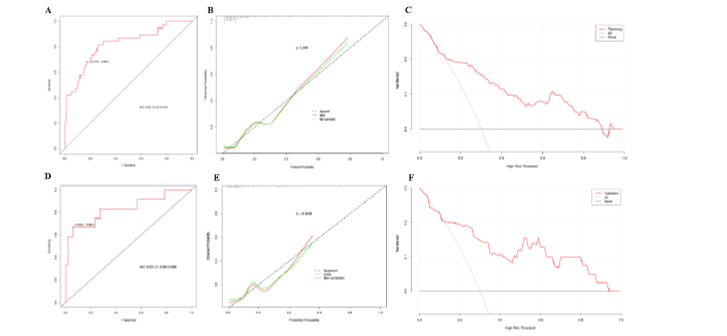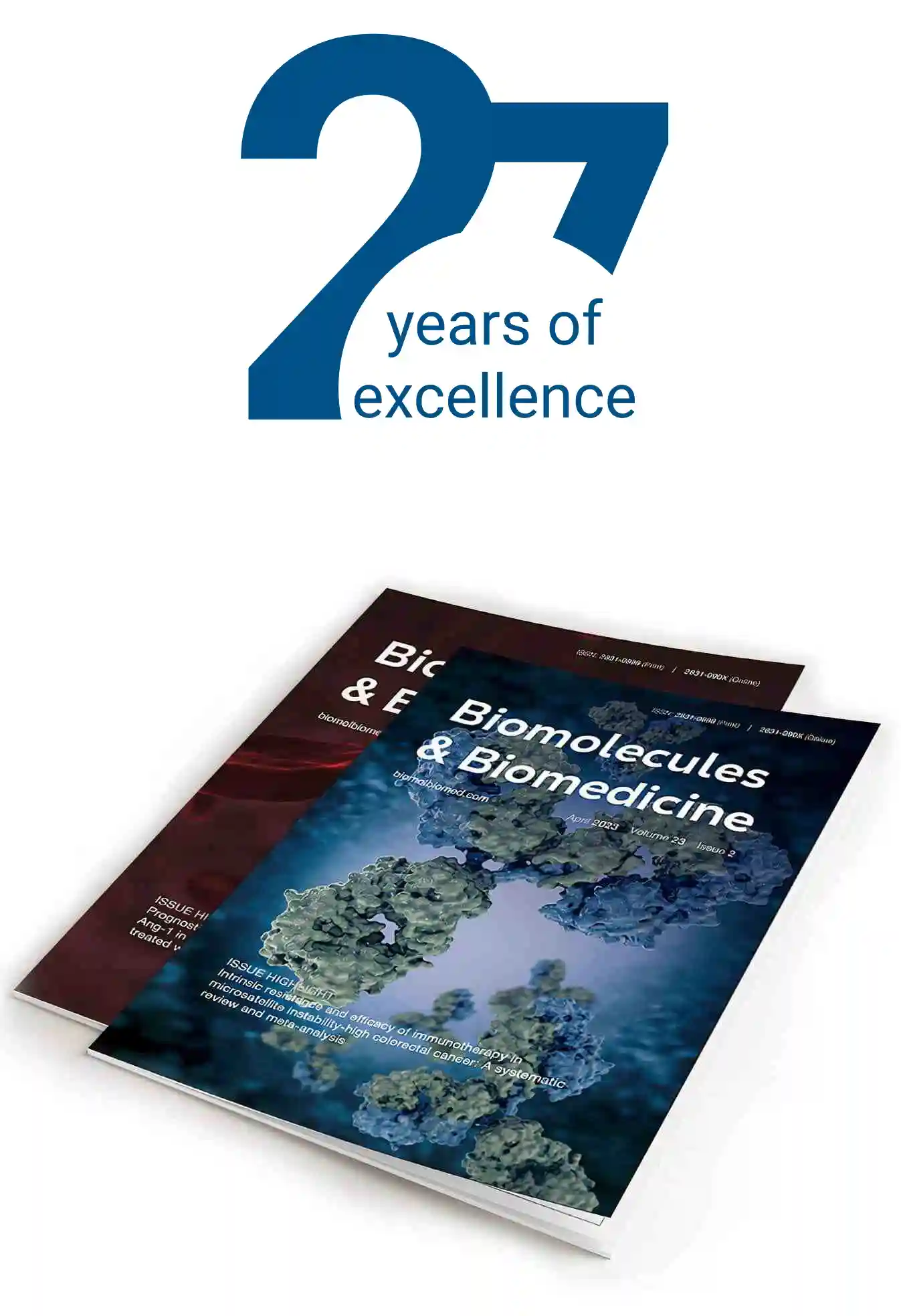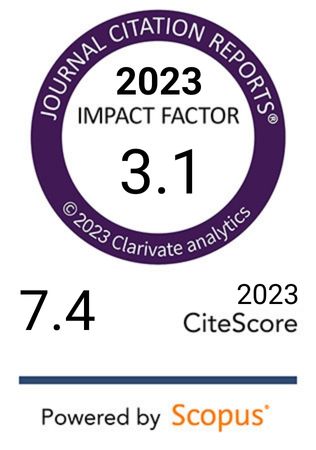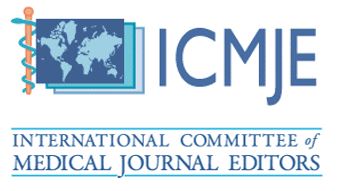Prediction of post-insertion infections related to totally implantable subcutaneous venous access ports in tumor patients using a nomogram
DOI:
https://doi.org/10.17305/bb.2024.11583Keywords:
Totally implantable subcutaneous venous access ports, TISVAPs, nomogram, post-insertion infections, independent risk factors, predictive modelAbstract
Totally implantable subcutaneous venous access ports (TISVAPs) are essential for long-term central venous chemotherapy, delivering medication directly into the central veins of patients. While they play a critical role in reducing patient discomfort, TISVAPs pose a notable risk of post-insertion infections—particularly concerning for oncology patients with compromised immune systems due to aggressive treatment regimens. Our research addresses this issue by developing a predictive nomogram to estimate the risk of TISVAP-associated infections. The model is based on independent risk factors identified in our study: a history of diabetes, the type of chemotherapy, peripheral blood leukocyte count (WBC), and serum albumin levels. Using retrospective clinical data from 309 oncology patients who underwent TISVAP implantation at a tertiary A-grade comprehensive hospital, we divided the dataset into training (n = 246) and validation (n = 63) subsets. Through logistic and Lasso regression analyses, we identified the independent risk factors associated with infections. The resulting interactive nomogram demonstrated strong accuracy and reliability, with C-indexes of 0.82 and 0.835 for the training and validation sets, respectively. This tool equips healthcare providers to proactively identify high-risk patients and tailor preventive strategies accordingly. Ultimately, our research aims to enhance patient outcomes and improve the quality of life for those undergoing long-term venous chemotherapy.
Citations
Downloads

Downloads
Published
Issue
Section
Categories
License
Copyright (c) 2025 Sen Wang, Heng Zong, Lei Tang, Yuandong Wei

This work is licensed under a Creative Commons Attribution 4.0 International License.









